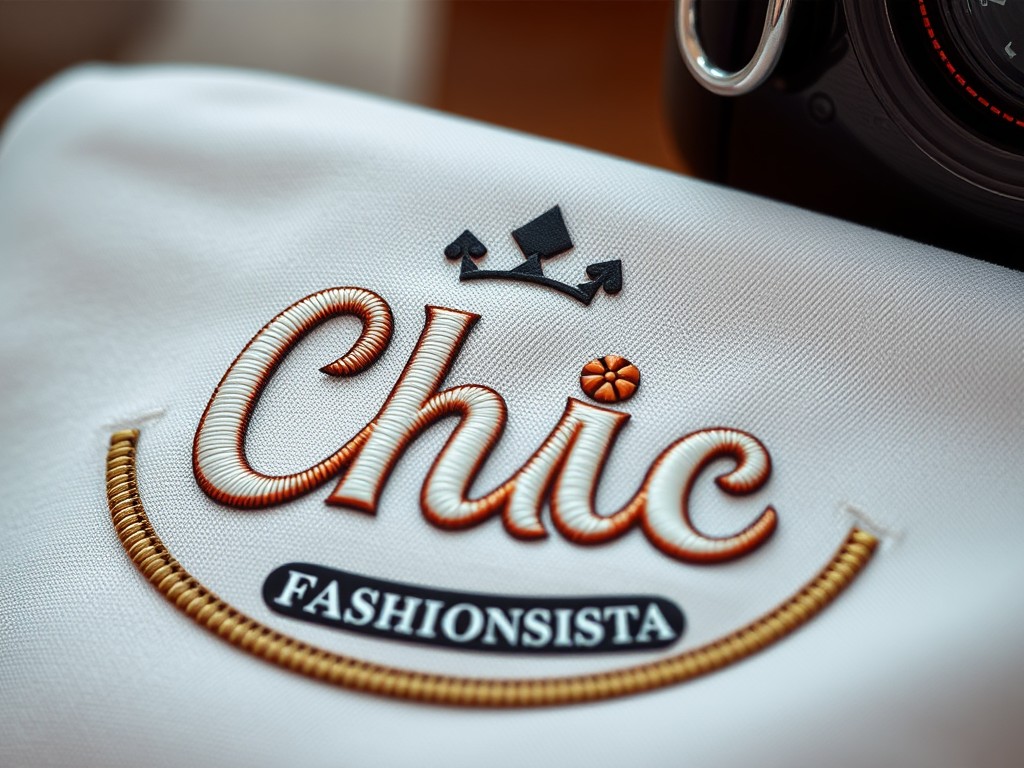Understanding Sustainable Fashion
Sustainable fashion principles focus on reducing waste, promoting ethical production, and choosing environmentally responsible materials. The emphasis is on transparency and fair labour practices, prioritising the well-being of workers and the planet. Eco-friendly practices in clothing production include using sustainable materials such as organic textiles, hemp, and recycled fibres, which minimise the use of water and hazardous chemicals.
By adhering to ethical fashion guidelines, brands aim to produce high-quality clothing that lasts longer and reduces the industry’s carbon footprint. These practices extend to all stages of the supply chain, from sourcing and production to distribution and consumption.
In parallel : The complete handbook for safely bleaching your denim jeans at home in the uk: discover the best techniques!
The impact of consumer choices is profound. When consumers opt for eco-friendly products, they drive demand for sustainable practices within the fashion industry, encouraging brands to adopt greener methods. This shift not only benefits the environment but also contributes to better working conditions across the globe. Supporting ethical fashion helps cultivate a more sustainable and equitable fashion ecosystem, showing that individual choices can lead to collective change.
Key Elements of a Capsule Wardrobe
A capsule wardrobe embodies the principle of minimalism by focusing on essential items that offer maximum versatility. Incorporating timeless pieces into this wardrobe concept ensures not only an efficient selection but also an alignment with sustainable fashion practices. Central to the idea of a capsule wardrobe is owning fewer, high-quality garments that remain stylish across seasons. This approach encourages consumers to make mindful choices when assembling their wardrobe, focusing on pieces that seamlessly mix and match.
In parallel : Step smoothly: the ultimate guide to stylish and comfortable heels for cobblestone streets in the uk
Timeless pieces, such as a classic white shirt, a well-cut blazer, or a simple black dress, form the cornerstone of a capsule wardrobe. These items are both versatile and resistant to the ever-changing tides of fashion, making them essential for sustainable dressing. By prioritising simplicity and style, consumers are able to reduce their environmental impact and promote longer-lasting fashion.
In essence, adopting a capsule wardrobe is a practical way to embrace minimalism, ultimately reducing waste and encouraging thoughtful purchasing. It’s not just about scaling back; it’s about valuing quality and sustainability in one’s clothing choices.
Selecting Eco-Friendly Fabrics
A pivotal element in sustainable fashion is the selection of sustainable materials that minimise environmental impact. Sustainable fabrics are those produced with lesser water usage and fewer harmful chemicals, such as organic textiles like cotton and linen. These eco-friendly fabrics not only support sustainability but promote healthier environments for all.
Overview of Sustainable Fabrics
Understanding different sustainable materials aids in making informed choices. For instance, organic textiles avoid synthetic pesticides and fertilisers, maintaining soil health and promoting biodiversity. These fabrics also often result in softer, more breathable materials.
Benefits of Organic Cotton and Linen
Organic cotton and linen are renowned for their minimal environmental footprint. They use significantly less water and are biodegradable, reducing landfill contributions. Moreover, organic textiles are skin-friendly and promote better air circulation, making them ideal for everyday wear.
Innovative Luxury Fabrics
Emerging alongside traditional favourites are innovative luxury fabrics such as Tencel and recycled polyester. These offer the durability of conventional materials while being eco-friendly fabrics. The decision to embrace sustainable materials contributes profoundly to reducing one’s fashion footprint and supporting a more sustainable future.
Shopping Tips for a Sustainable Capsule Wardrobe
Sustainable shopping begins with identifying ethical brands and labels committed to transparency. Seek out certifications like Fair Trade or B Corp, which signal a dedication to sustainable fashion principles. These symbols provide assurance that you’re supporting brands prioritising the environment and ethical labour practices.
Thrift shopping and vintage finds offer a unique path to sustainability. Opt for quality over quantity by investing in pre-loved pieces that tell a story and stand the test of time. These choices not only reduce demand for new garment production but also add distinct character to your wardrobe.
When shopping sustainably, consider these tips:
- Research brands before purchasing to ensure alignment with your values.
- Focus on versatile pieces that serve multiple purposes, extending their use.
- Participate in clothing swaps or rental services to refresh your wardrobe without waste.
By prioritising quality and embracing the second-hand market, you can contribute to a more sustainable fashion industry. Such practices encourage mindful consumption, ultimately reducing environmental impact and supporting a conscious lifestyle.
Maintenance and Care for Longevity
Preserving the longevity of your wardrobe is a crucial aspect of sustainability tips. Proper clothing care begins with washing techniques tailored for eco-friendly fabrics. Opt for cold water settings and gentle detergents. These methods not only maintain fabric integrity but also conserve energy.
Understanding how to repair and upcycle clothing can remarkably extend their lifespan. Simple techniques such as patching holes or replacing buttons breathe new life into garments, reducing waste.
Storage is also significant in maintaining wardrobe longevity. Fold sweaters and delicate items to minimise stretching. Use breathable garment bags for seasonal clothes to protect them from dust and pests.
For versatile eco-friendly fabrics, paying close attention to care labels ensures garments remain in excellent condition over time. Embrace these practical measures as part of a more sustainable lifestyle.
Together, these practices support a wardrobe that stands the test of time, aligning with sustainable values. Implementing these sustainability tips not only benefits your clothing but reduces your environmental footprint, fostering a lasting and more ethical fashion sense.
Resources for Sustainable Fashion
For those looking to delve deeper into ethical fashion resources, the United Kingdom offers a robust selection of websites and directories. These platforms are invaluable for discovering sustainable brands committed to transparency and eco-friendly practices. They connect consumers with companies that prioritise ethical production and environmentally responsible approaches.
Books and articles focusing on sustainable fashion practices offer insight into the industry’s evolution and the importance of mindful consumption. They serve as educational tools, helping readers understand the impact of their choices and how they can contribute to a more sustainable lifestyle.
Local initiatives and community groups play a crucial role in promoting eco-friendly fashion. They provide platforms for exchanging ideas, sharing resources, and fostering a sense of community among like-minded individuals. By supporting these initiatives, individuals can make meaningful contributions to the sustainable fashion movement.
These resources empower consumers to make informed decisions, encouraging a shift towards more sustainable wardrobe choices. By accessing and utilising ethical fashion resources, individuals can actively participate in creating a fashion industry that values both people and the planet.
Resources for Sustainable Fashion
Delving into ethical fashion resources can empower consumers to make informed decisions. In the UK, there are numerous websites and directories dedicated to connecting consumers with sustainable brands. These platforms highlight companies that emphasize eco-friendly practices, ensuring that your purchases align with environmental and ethical values.
Books and articles on sustainable fashion practices offer valuable insights into the industry’s evolution. They serve as educational tools that help readers comprehend the significance of their fashion choices and how they can contribute to a sustainable lifestyle. Understanding these dynamics encourages more thoughtful consumer behaviour, reflecting a deeper commitment to eco-conscious living.
Local initiatives and community groups are pivotal in promoting eco-friendly fashion. These organisations provide opportunities for individuals to exchange ideas, share resources, and foster community engagement. By participating in local efforts, individuals become part of a transformative movement towards a more sustainable fashion ecosystem.
Utilising these ethical fashion resources allows for active participation in a movement that prioritises both the planet and its people. Together, these resources offer a comprehensive pathway to navigating the complexities of sustainable fashion, ensuring every purchase contributes positively to a better world.










